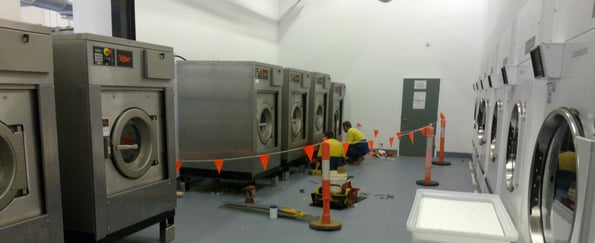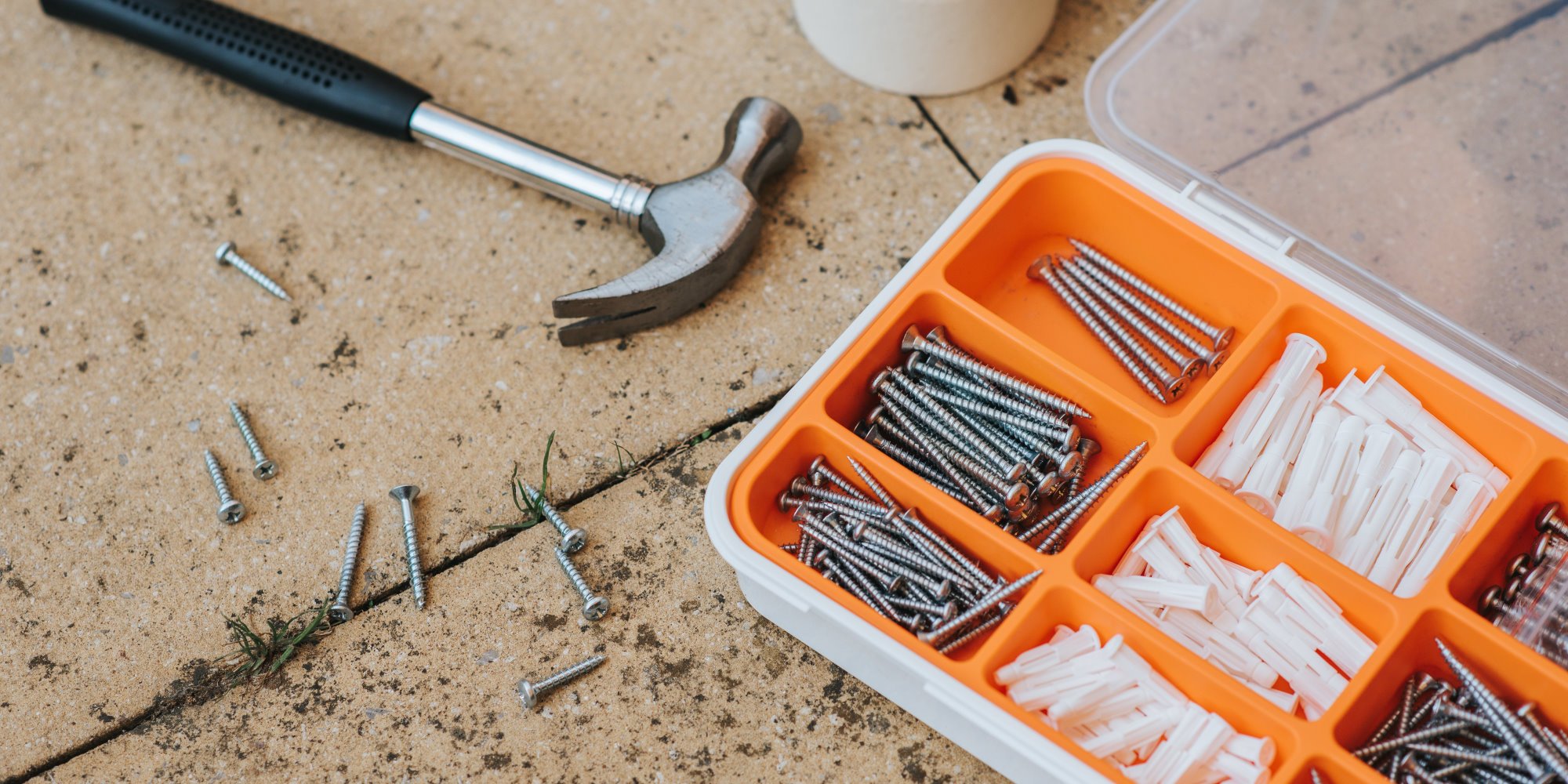Our machines are the toughest commercial laundry equipment because they are built to last. This might sound like marketing fluff, but Speed Queen products have demonstrated their extraordinary lifespan time and time again. One example of this is a 39-year-old washer in Melbourne, which ran cycles from 1979 to 2018! While we'd love to say all our machines will last this long straight out of the box, you'll get the most out of your equipment with some simple maintenance. Aside from lasting longer, your machines will have less downtime and lower overall service costs.

5 Quick tips:
1) Check your hoses:
Check both the inlet and outlet hoses for leaks, tears or gunk. This will reduce the risk of losing water, lowering utility costs. Similarly, check and clean the filters attached to each hose to ensure that water is able to efficiently flow into and out of the machine.
2) Remove dirt and soap from the machine:
Both the interior and exterior should be kept clean. This not only makes them look much nicer but also reduces the risks of any pollutants or grit making it into the machine and causing damage. Cleaning the buildup also prevents funny odours from developing or accidentally soiling clothing from placing it on the wrong spot.
3) Clean lint and debris from exhaust:
Lint and other debris can accumulate in your dryer's exhaust duct and lead to overheating or even a fire risk! This should be done at least once a month, but cleaning more often will significantly increase the lifespan of your commercial dryer.
4) Clean between the door and drum:
In most washers, it is important to clean the gasket between the drum and door to ensure that it is capable of a watertight seal. Having a leaky washer is not fun, so make sure you keep an eye on the health of your machines seals.
5) Check the internal belts and components:
If important internal components such as belts fail it can take your machine out of action for months for repairs, so keeping an eye on these parts should be a priority. Check belts for cracks, rips of other breaks between two to four times a year. Typically, belts are replaced every two years.

Want help with your service program?

